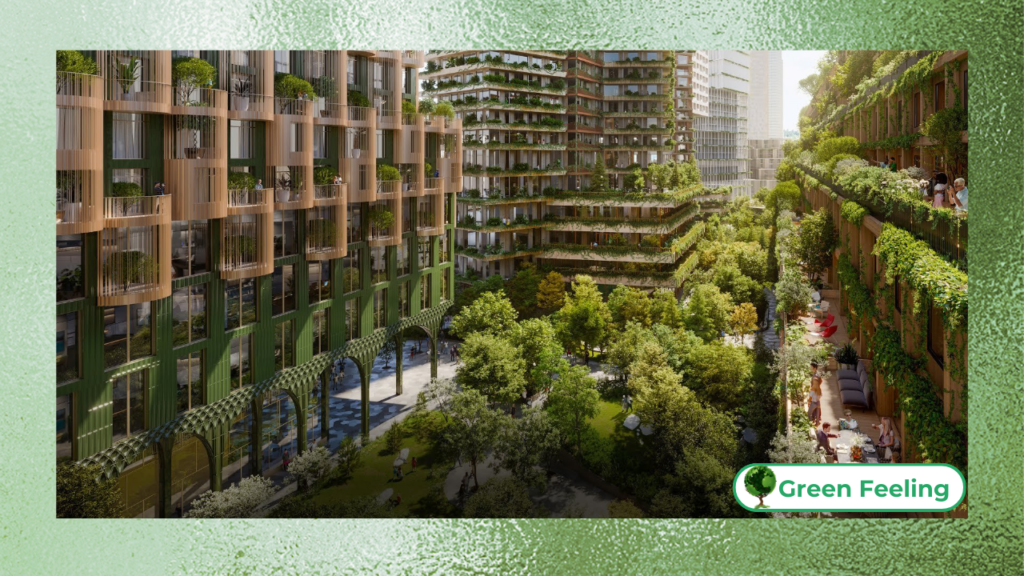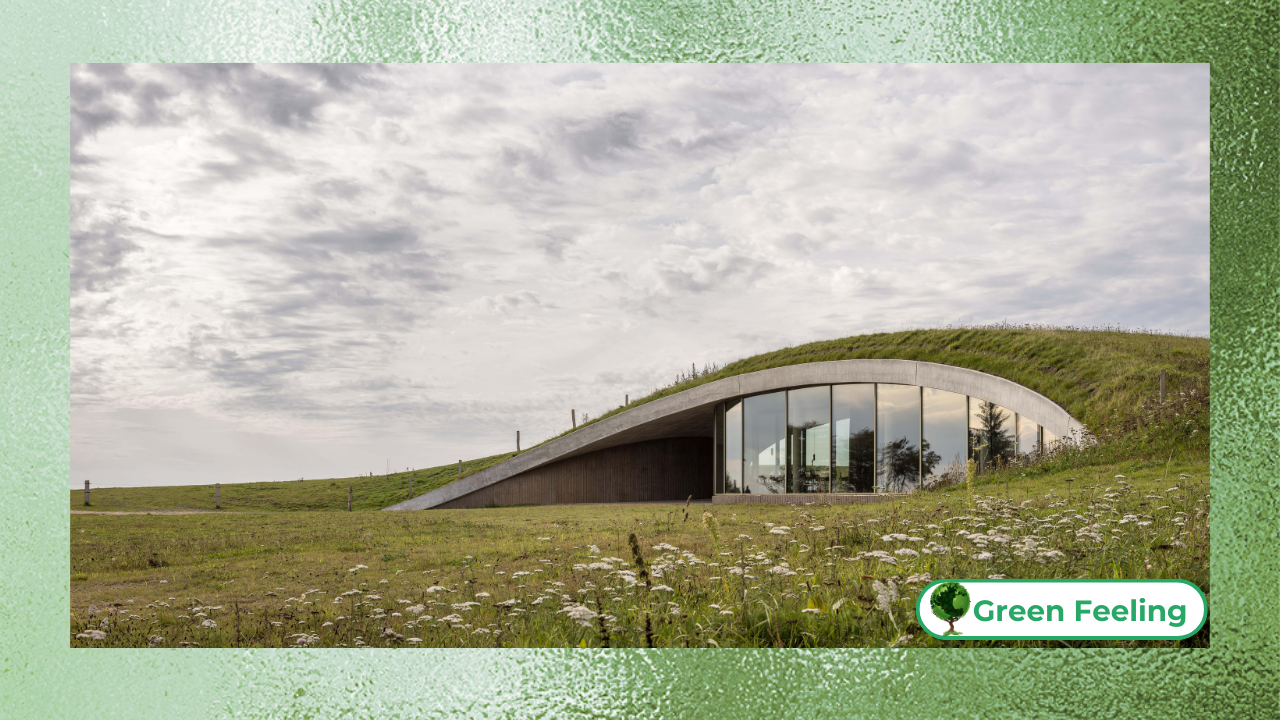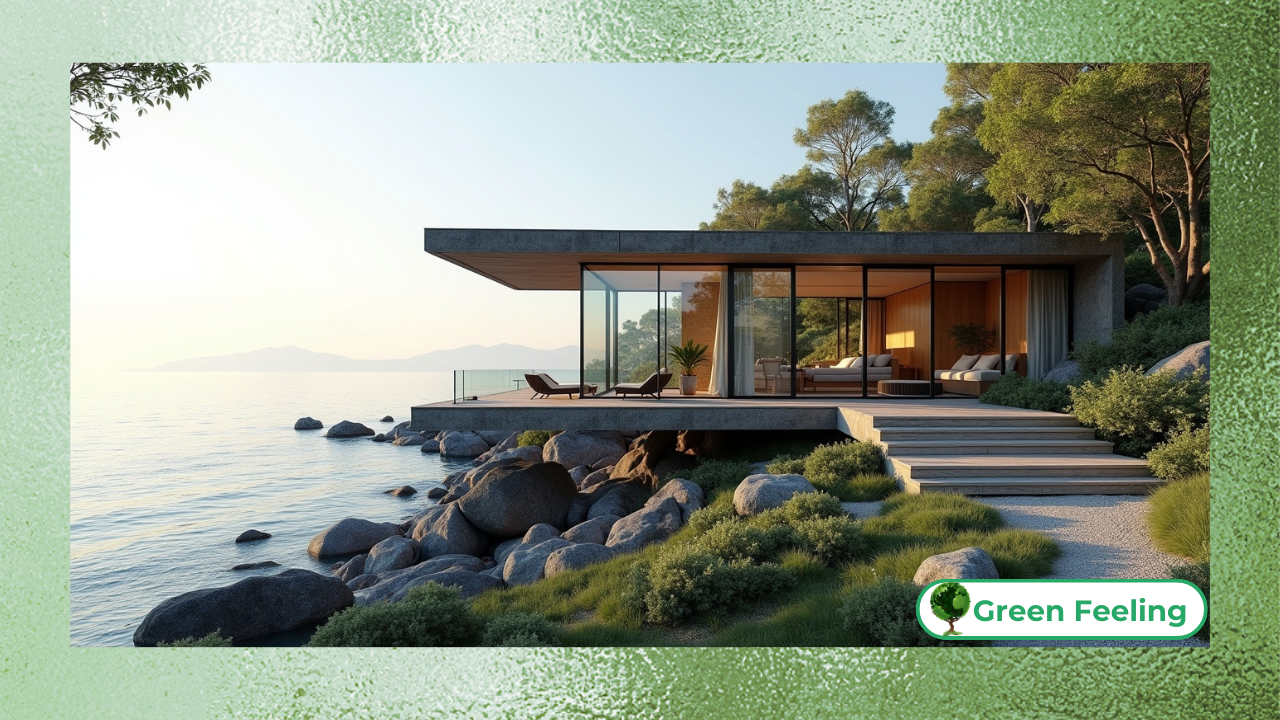Green Cities: See the cities
As the world grapples with the challenges of climate change, urbanization, and resource depletion, the concept of “green cities” has emerged as a beacon of hope.

Green cities are urban areas designed to minimize environmental impact while maximizing quality of life for their inhabitants. They prioritize sustainability through innovative infrastructure, renewable energy, efficient transportation, and green spaces.
This article explores the principles of green cities, their benefits, and the challenges they face. By examining successful examples and future trends, we aim to provide a comprehensive understanding of how green cities can shape a sustainable future.
The Urgency of Green Cities
Urban areas are responsible for over 70% of global carbon emissions, making them a critical focus for climate action. With more than half of the world’s population living in cities—a number expected to rise to 68% by 2050—the need for sustainable urban planning has never been more urgent. Green cities offer a solution by integrating environmental, social, and economic sustainability into their design and operations.
The concept of green cities is not new, but it has gained momentum in recent years due to advancements in technology, growing public awareness, and international commitments like the Paris Agreement. From Copenhagen’s ambitious carbon-neutral goals to Singapore’s lush urban greenery, cities around the world are leading the way in sustainable urban development.
Principles of Green Cities
Green cities are built on a foundation of key principles that guide their planning and development. These principles ensure that urban areas are not only environmentally friendly but also socially inclusive and economically viable. Below are the core principles of green cities:
- Renewable Energy: Transitioning to solar, wind, and other renewable energy sources to reduce reliance on fossil fuels.
- Efficient Transportation: Promoting public transit, cycling, and electric vehicles to minimize emissions.
- Waste Management: Implementing recycling programs and waste-to-energy systems to reduce landfill use.
- Green Spaces: Creating parks, urban forests, and green roofs to improve air quality and biodiversity.
- Water Conservation: Using rainwater harvesting and efficient irrigation systems to manage water resources.
- Sustainable Architecture: Designing energy-efficient buildings with eco-friendly materials.
Read More: The Top 10 Green Cities in the world
Benefits of Green Cities
The adoption of green city principles offers numerous benefits, both for the environment and for urban residents. Here are some of the most significant advantages:
- Reduced Carbon Footprint: By prioritizing renewable energy and efficient transportation, green cities significantly lower greenhouse gas emissions.
- Improved Air Quality: Green spaces and reduced vehicle emissions contribute to cleaner air, reducing respiratory illnesses.
- Enhanced Quality of Life: Access to parks, clean water, and sustainable housing improves overall well-being.
- Economic Growth: Green cities attract investment and create jobs in sectors like renewable energy and sustainable construction.
- Climate Resilience: Sustainable infrastructure helps cities adapt to the impacts of climate change, such as flooding and heatwaves.
+ Nature and Design: Biophilic Architecture and Its Practical Applications
Challenges in Building Green Cities

Despite their benefits, green cities face several challenges that hinder their development. These challenges vary depending on geographic, economic, and political contexts but often include:
- High Costs: Implementing sustainable infrastructure requires significant upfront investment.
- Political Will: Lack of commitment from governments can delay or derail green initiatives.
- Public Awareness: Educating citizens about the importance of sustainability is crucial for success.
- Technological Barriers: Limited access to advanced technologies can impede progress.
- Equity Issues: Ensuring that green initiatives benefit all residents, including marginalized communities, is a persistent challenge.
+ The Secrets of Brutalism: An analysis of concrete and functionality
Green Cities Around the World: A Table Overview
Below is a table highlighting some of the world’s leading green cities and their key sustainability initiatives:
| City | Country | Key Initiatives |
| Copenhagen | Denmark |
Aiming to be carbon-neutral by 2025; extensive cycling infrastructure.
|
| Singapore | Singapore |
Urban greenery covering 47% of the city; water recycling systems.
|
| Vancouver | Canada |
90% of energy from renewable sources; green building standards.
|
| Curitiba | Brazil |
Pioneering bus rapid transit system; extensive recycling programs.
|
| Freiburg | Germany |
Solar-powered neighborhoods; car-free city center.
|
The Role of Technology in Green Cities
Technology plays a pivotal role in the development of green cities. Innovations in renewable energy, smart grids, and data analytics are transforming urban landscapes. For example, smart sensors can optimize energy use in buildings, while electric vehicle charging networks are making sustainable transportation more accessible.
As urban planner once said,
“Cities are a mirror of society; if we want to change the world, we need to change our cities.” – Jan Gehl.
This quote underscores the importance of integrating technology and sustainability into urban planning to create cities that reflect our commitment to a greener future.
Policy and Community Engagement
Government policies and community engagement are essential for the success of green cities. Policies such as carbon taxes, renewable energy incentives, and green building codes provide the framework for sustainable development.
Meanwhile, community involvement ensures that green initiatives are inclusive and address the needs of all residents.
For instance, Copenhagen’s success as a green city is largely due to strong political leadership and active citizen participation. The city’s residents have embraced cycling and renewable energy, demonstrating how collective action can drive change.
+ Nature and Design: Biophilic Architecture and Its Practical Applications
Key Steps Toward Building Green Cities
Here are some actionable steps for creating green cities:
- Invest in Renewable Energy: Transition to solar, wind, and other clean energy sources.
- Promote Public Transit: Develop efficient and affordable public transportation systems.
- Expand Green Spaces: Create parks, urban forests, and green roofs to enhance biodiversity.
- Implement Waste Management Systems: Encourage recycling and waste-to-energy solutions.
- Engage Communities: Involve residents in planning and decision-making processes.
- Adopt Smart Technologies: Use data and technology to optimize resource use and reduce emissions.
Did You Enjoy Learning About Green Cities?
Green cities represent a transformative approach to urban living, offering a sustainable alternative to traditional city models. By prioritizing renewable energy, efficient transportation, and green spaces, these cities are paving the way for a healthier, more resilient future.
However, achieving this vision requires collaboration between governments, businesses, and communities. As environmentalist once said,
“The future will be green, or not at all.” – Bill McKibben.
This quote serves as a powerful reminder of the urgency and importance of sustainable urban development.
Conclusion
The transition to green cities is not just an environmental imperative but also a social and economic opportunity. By embracing sustainable practices, cities can reduce their environmental impact, improve quality of life, and foster economic growth.
While challenges remain, the progress made by cities like Copenhagen, Singapore, and Curitiba demonstrates that a greener future is within reach.
As we look ahead, it is clear that green cities will play a crucial role in addressing global challenges like climate change and resource depletion. By working together, we can create urban environments that are not only sustainable but also vibrant, inclusive, and resilient.
References:
- Gehl, J. (2010). Cities for People. Island Press.
- McKibben, B. (2019). Falter: Has the Human Game Begun to Play Itself Out? Henry Holt and Co.
- Copenhagen’s Carbon-Neutral Goals – City of Copenhagen
- Singapore’s Green Initiatives – National Parks Board
- Smart Cities and Sustainability – World Economic Forum






